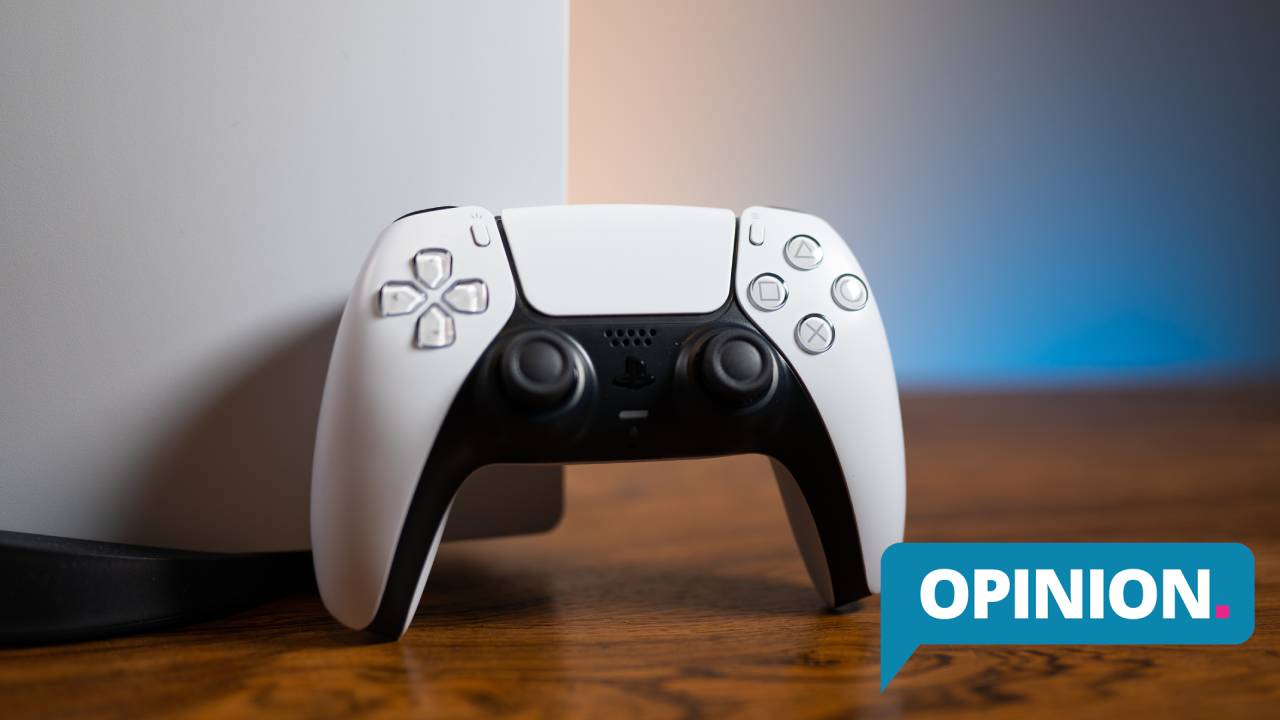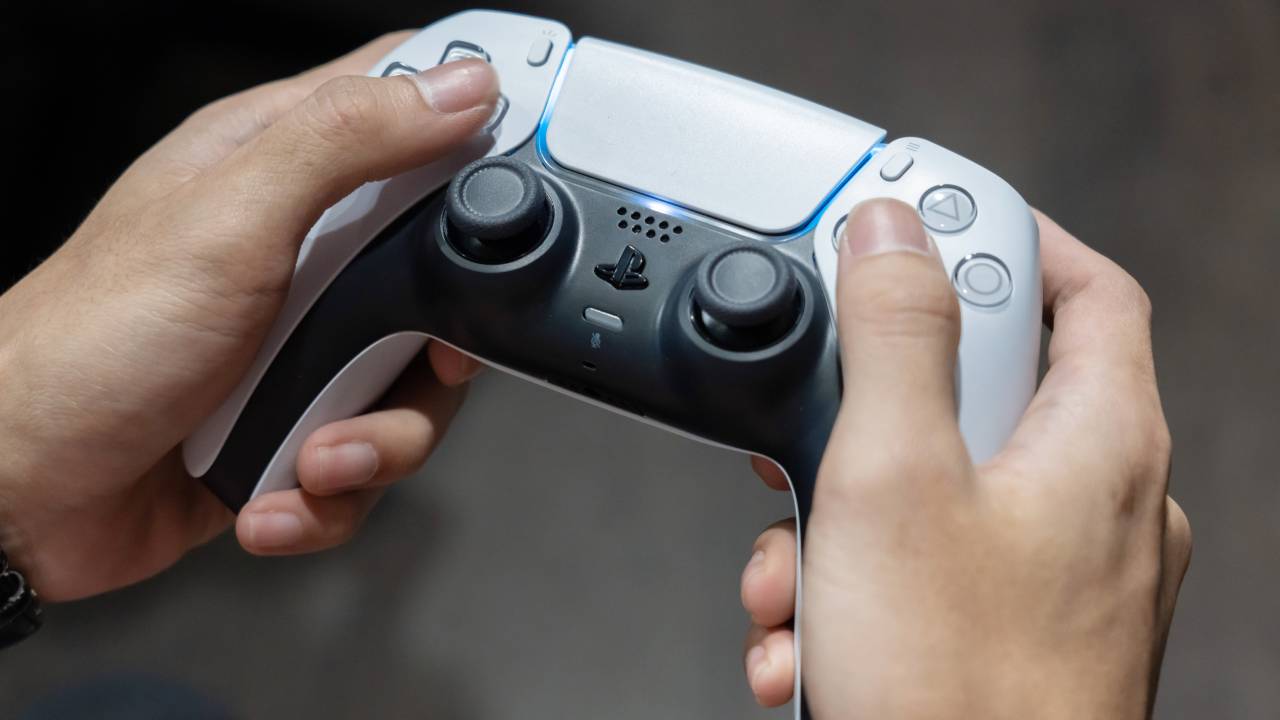I was wrong about the PS5 DualSense controller, and I couldn’t be happier
Opinion: the DualSense is still a revelation

It’s never easy to eat a slice of humble pie, but I’m happy to admit I was wrong about the PS5 DualSense controller. Sony’s innovative new pad is comfortably my favorite aspect of the PlayStation 5 – by some distance. But I’m still kind of shocked that developers have embraced it so readily.
You see, I was convinced that the majority of the DualSense controller’s fancy features would be overlooked. And with good reason. There’s been a clear pattern in previous console generations where third-party developers, particularly on multiplatform games, simply choose to ignore specific console features to save time and money.
After all, the PS3’s Sixaxis accelerometer, which is still present in the DualSense, was barely used outside a handful of games. On PS4, the DualShock’s touchpad essentially became a giant oversized menu button a few months into the generation. Nintendo Switch’s HD Rumble was all but ignored after 1-2-Switch released, and on Xbox One, the controller’s impulse triggers were criminally overlooked for years, something that’s thankfully been rectified on Xbox Series X.
I was confident, then, that we’d only see Sony’s first-party studios spending the time to get the most out of the DualSense’s haptic feedback and adaptive triggers – but I’m delighted that’s not been the case. Far from it.
Super support

Practically every game on the PS5 includes some sort of DualSense implementation, and it’s yet to feel like a gimmick to me. Yes, it can often be subtle, but the DualSense’s features make a tangible difference to my overall enjoyment whenever I play games on PS5. I love the satisfying feedback you get every time you fire a gun in Call of Duty: Vanguard or how you can feel Jesse Faden’s footsteps in Control as you move around. It's just something I really miss when playing on other consoles.
When it comes to Sony’s first-party output, Astro’s Playroom, Returnal, and Ghost of Tsushima: Director’s Cut are prime examples of just how fantastic the DualSense controller can be – and those games would be worse off without the magic found inside Sony’s pad. But still, I never expected to see third-party developers rally behind the DualSense so strongly.
Sensual feelings

So why, then, has the DualSense seen such great support? Well, we already know that Sony has made it easier for studios to implement features like haptic feedback thanks to a variety of presets. But I think what’s clear to developers (and gamers) is that the DualSense genuinely adds an extra dimension to the feel of a game that’s worth exploring.
Sign up for breaking news, reviews, opinion, top tech deals, and more.
I’ve found myself picking up several third-party games on PS5 simply because of the promise of DualSense implementation, as it's a unique selling point over the competition.
If you've yet to feel the magic of the DualSense first hand, please start with Astro's Playroom. Feeling the sensation of skating across ice, firing a machine gun, or jumping into a pool of water for the very first time is one of those gaming moments that will stay with you forever – like when you first struck a tennis ball in Wii Sports or saw a game running in HD resolution (hey, Call of Duty 2).
The fact that developers are continuing to utilize the PS5 DualSense controller's features so readily proves that haptic feedback and adaptive triggers are a substantial addition to gaming. And I sincerely hope they make the jump to future PlayStation consoles.
- PS5 vs PS5 Digital Edition: what's the difference?
Adam was formerly TRG's Hardware Editor. A law graduate with an exceptional track record in content creation and online engagement, Adam has penned scintillating copy for various technology sites and also established his very own award-nominated video games website. He’s previously worked at Nintendo of Europe as a Content Marketing Editor and once played Halo 5: Guardians for over 51 hours for charity. He is now an editor at The Shortcut.
